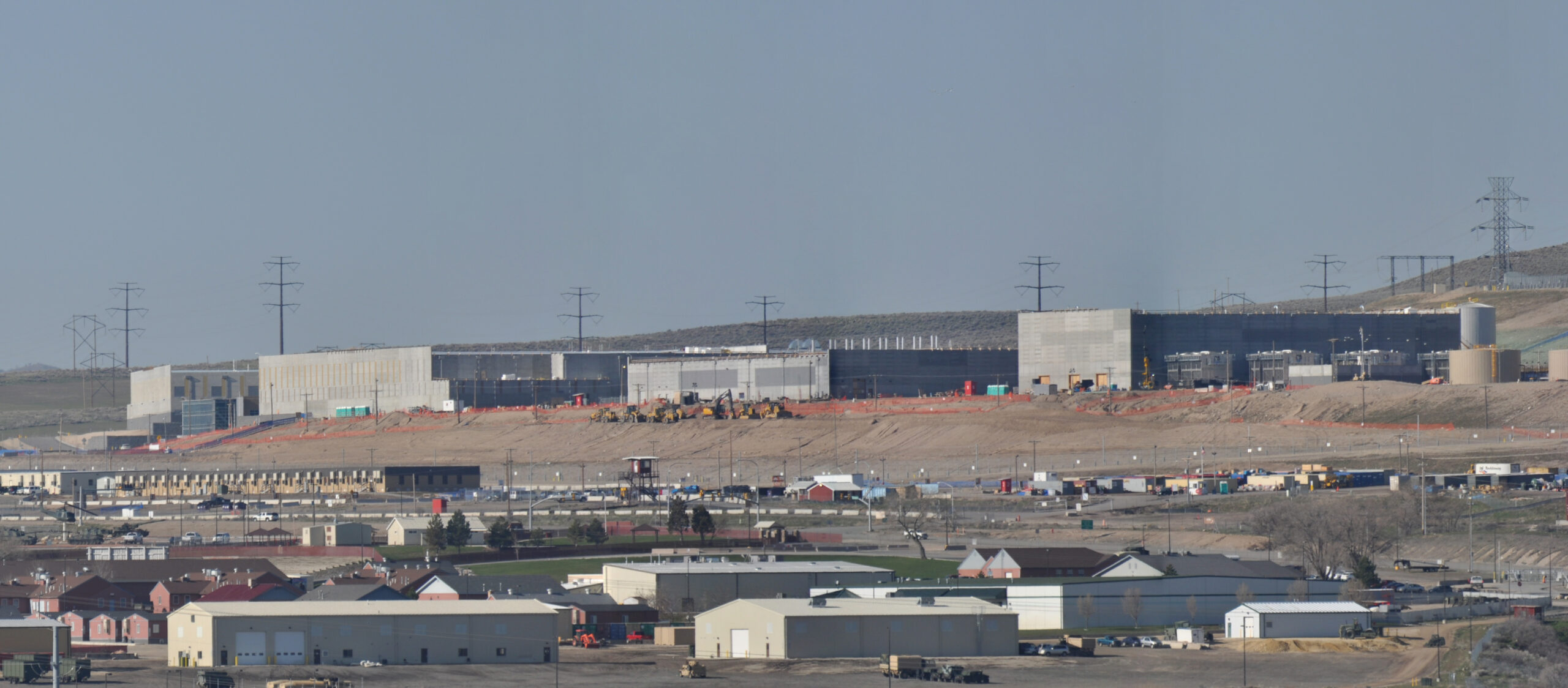The NSA, as we’ve learned, does not like having its privacy invaded. So officials are sure to be less than pleased next Wednesday when Nate Carlisle, the Salt Lake Tribune’s military and national security reporter, appears before Utah’s State Records Committee to demand information on how much water the agency’s new Blufdale data center is using.
Collecting and storing massive amounts of data is a water-intensive task, but according to the city of Bluffdale, letting us known just how much it takes constitutes a security threat.
In an interview with the Washington Post, Carlisle explained why this is something residents of Utah have a vested interest in knowing:
First and foremost, we’re the second most arid state in the country, and, at one point, it was projected by the Army Corps of Engineers that the UDC would use 1.7 million gallons of water per day. Bluffdale City Council minutes [from 2010] indicate that was downgraded to about 1.2 million gallons a day, but then we’ve also heard that even though it was supposed to be operational in the fall, it’s not using nearly that much water. However much it’s using, there’s still a public interest in tracking that water usage.
The other issue is Bluffdale made a deal with the NSA, gave them a discounted rate on the water and used that to help finance about $3 million of infrastructure to deliver water to that area of Bluffdale. So we think taxpayers have multiple interests here in tracking that water usage and how much revenue Bluffdale’s receiving from the NSA.
Like much of the western U.S., Utah is currently in the middle of a long drought: the U.S. Drought Monitor confirms that much of the state is currently “abnormally dry,” with some areas in a state of extreme drought, putting a financial strain on farmers and businesses.
“We’re not as bad as California right now, but we’re growing at a faster rate than California,” said Carlisle. “We’ve got less water than California. And 1.2 million gallons a day, I don’t even know how many houses that is in Utah, but it’s a lot.”

